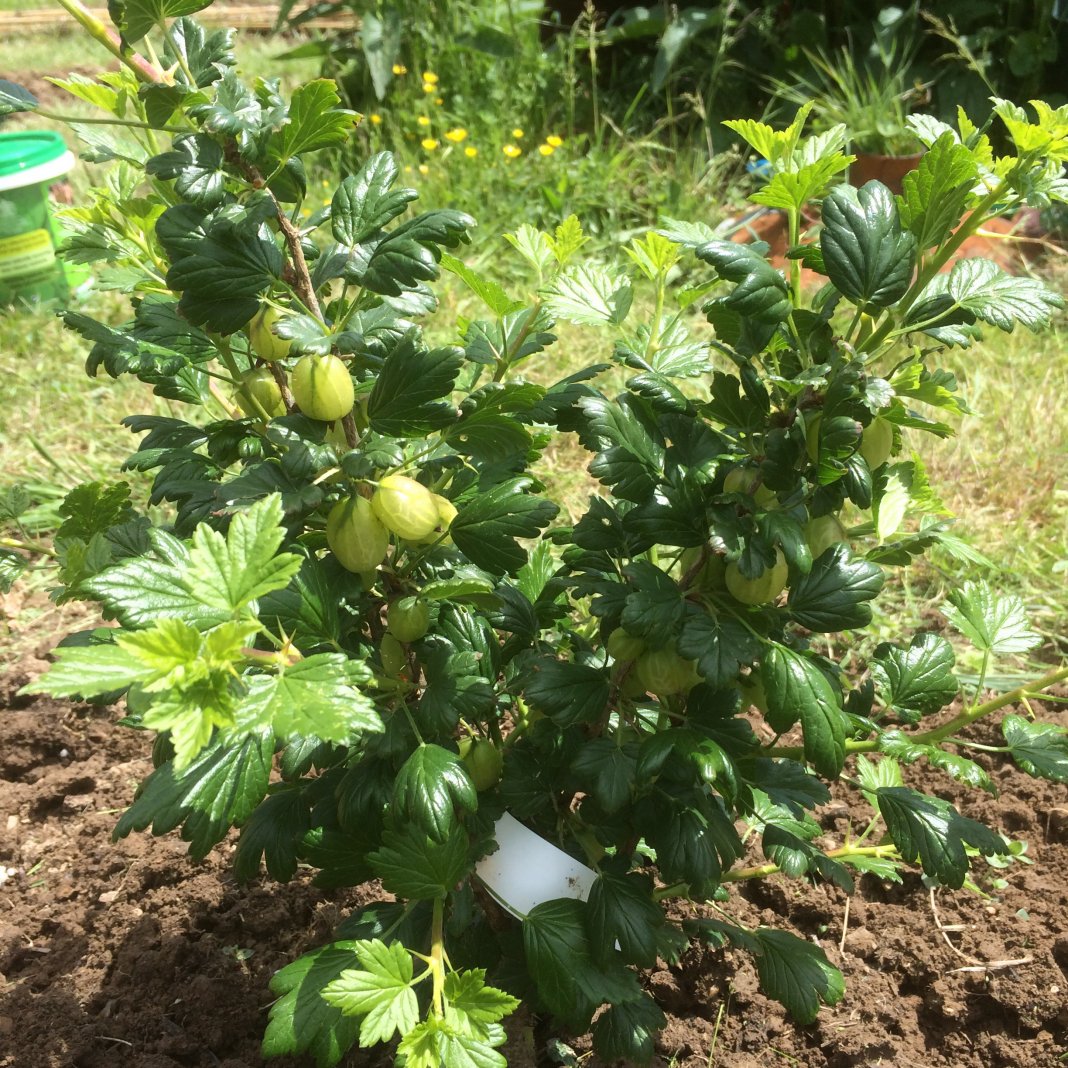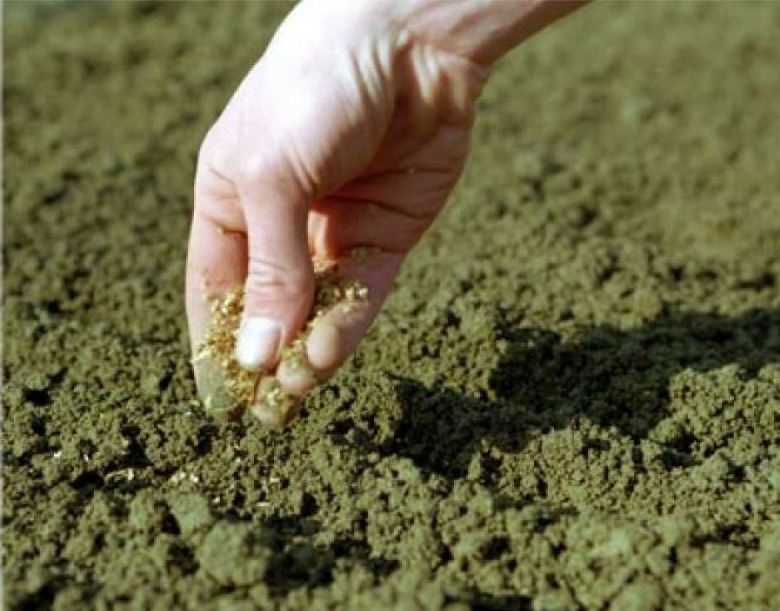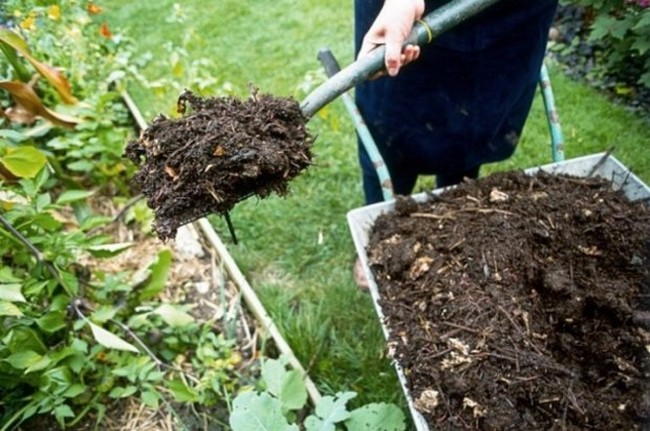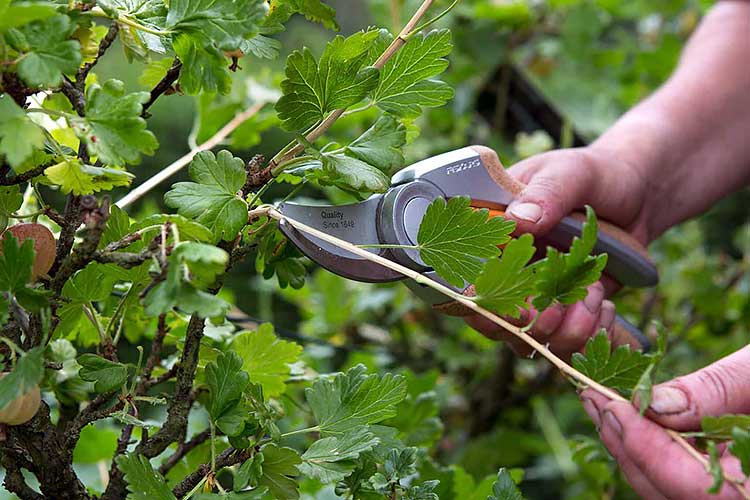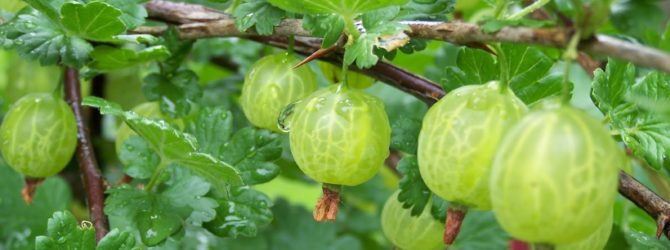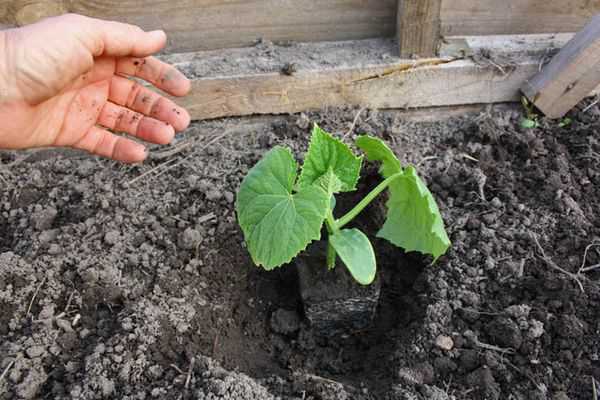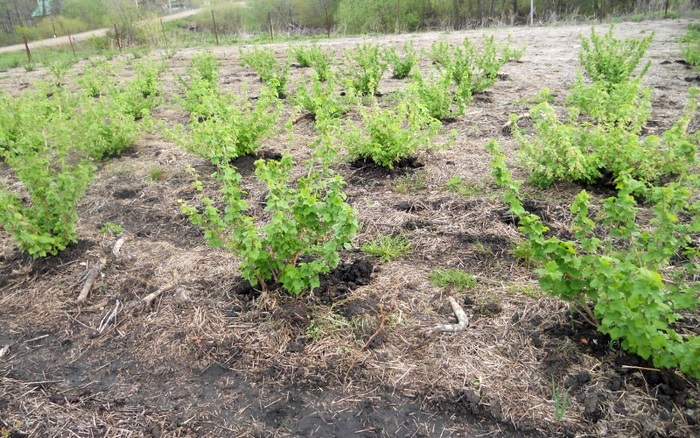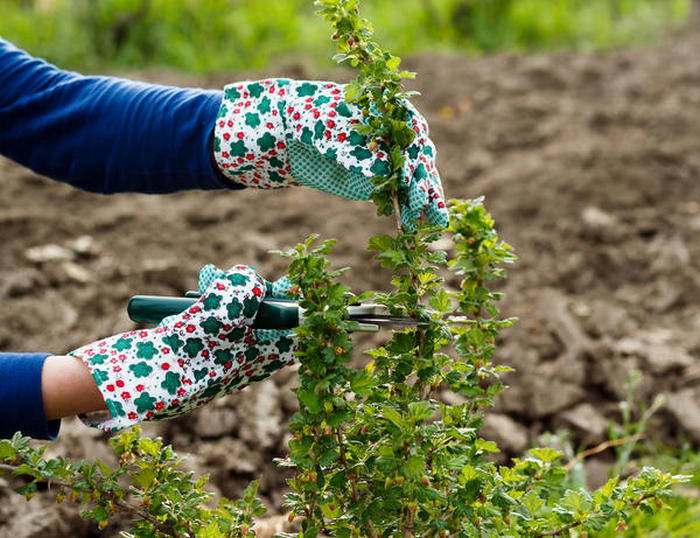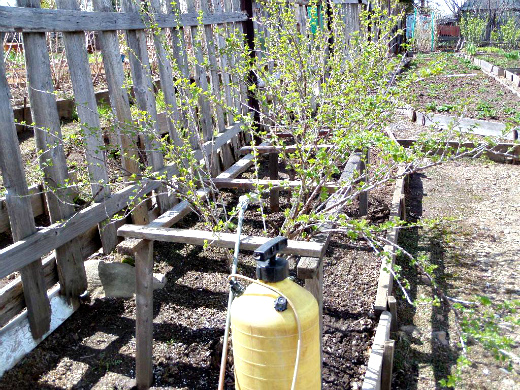Content:
People who grow berry crops on their plots are interested in when it is possible to transplant gooseberries to another place. Experienced gardeners advise replanting berries in the fall, when the gooseberry is preparing for winter, and all processes slow down. But transplanting gooseberries in some regions of the country is impossible in the fall due to early frosts. Therefore, the gardener has to choose a different season when replanting gooseberries.
What time of year to transplant
Most often, the procedure for transferring bushes is carried out in the spring. This is not the best time for a plant, since it refers to crops that are one of the first to bloom. If the buds burst on the stem, then you cannot touch the bushes, otherwise the plant will die. Therefore, transplanting gooseberries to a new place in the spring is carried out in March, when the bush has not yet emerged from hibernation. In this case, it is necessary to damage the roots of the plant as little as possible, otherwise all work will be wasted, and the harvest will be poor.
Bush transplant methods
Gardeners are often interested in how to transplant gooseberries to a new place in the spring. Breeders use 2 methods of transfer:
- The gooseberry bush can be planted and propagated by seedlings;
- Transplant the bushes to a new place with a lump of earth.
The disadvantage of the first method is that plants with open roots, from which the earth was shaken off, cannot be stored for a long time. Such seedlings cannot develop normally; the plants often get sick. For such transfers, the best time is autumn, when the gooseberry endures stress, the overwintered plant in practice gives the maximum yield.
It is recommended to transfer gooseberries with a lump of earth on the roots in the spring, but at the same time it is necessary to take into account the lunar calendar in order to choose the optimal transplantation mode, suitable for the area where the gardener lives. It is known from experience that during spring transplants, if all conditions and procedures are met, up to 70-80% of berry bushes develop normally.
Sequence of work during transplantation
Gardeners often ask how to transplant the gooseberry to a new place so that the berry grows quickly. Right the transplant method involves the following operations:
- First, the gardener visually evaluates the appearance of the bush to be transferred to another bed. If the plant is strongly thickened, then old or broken branches are removed from it. The remaining stalk is cut to a third of the length;
- It is necessary to carefully form an earthen ball on the roots of the plant. To do this, dig in the soil around the gooseberry at a distance of 0.3 m in the form of a ring. This will keep the root system of the bushes from damage, and the plants themselves will receive minimal stress;
- If the soil contains a lot of clay, then a good compact lump is obtained. In the presence of loose, loose soil, the sidewalls of the excavated ring are placed in a cloth (burlap), and then tied tightly. Instead of burlap, synthetic materials are often used, for example, geotextiles;
- The bottom of the lump formed in this way on the roots of the gooseberry is separated from the ground with a shovel, and then removed from the resulting pit.A plant with a lump is transferred to a new bed, where a hole has been previously dug, which is 2 times larger (width and depth) than the diameter of a lump of earth on the transferred bush;
- At the bottom of the new pit, nutritious soil is introduced, which is watered for better compaction. It is recommended to sprinkle the soil until the level of the edge of the pit exceeds the earthen lump on the transplanted plant by 50 mm. The space between the walls of the pit and the lump of soil on the roots is trampled down, and then a trunk circle is made. Its diameter should be larger than the crown of the bush. The bulk shaft in height should not exceed 100-150 mm.
Requirements for soil and fertilizing
In order for the gooseberry to take root in a new place, it is desirable that the soil is a light loam with acidity with a pH of 6.5 to 7.
If there is heavy soil on the site, then it is diluted with coarse sand. When the soil in the bed is loose, then it must be carefully compacted.
When the pH of the soil in the beds is less than 6, then the berries will be sour and small, therefore it is recommended to improve this indicator until a neutral reaction is obtained.
To improve the well-being of gooseberries on a new bed, drugs such as "Kornevin", "Agroekol", etc. are used.
The berry takes 20 days to take root. The appearance of new leaves on it is considered a sign of the good condition of the bush. After that, after 14-15 days, it is recommended to feed the plants. For this, nitrogen fertilizers are used. They allow the gooseberries to build up their green mass.
Top dressing is carried out in the morning or late in the evening, after the next watering.
It is not recommended to use nitrogen mixtures immediately after transferring the bush to a new place. We must wait for the plants to take root. For this, both industrially produced fertilizers containing nitrogen and poultry manure can be used.
Before fertilizing, it is recommended to water the gooseberries well.
Watering the transplanted plants is carried out with water having a temperature of 15 ° C. The volume of liquid for one irrigation can reach 30 liters. In summer, gooseberries are watered 2 times every 6-7 days, until the last days of June. In July, the interval between waterings is increased to 14 days. Water must be applied not only to the soil, but also to water the crown of the plant with liquid.
The transplant for the berry plant is stressful, so the gooseberry needs a rehabilitation period. Mulching is recommended to preserve the gooseberries. To do this, the trunk circle is immediately mulched after watering. In this case, such covering materials are used as:
- bottom peat in the form of dry crumb;
- well rotted, crushed manure;
- sawdust obtained from the processing of hardwood;
- tree bark;
- small chips.
Mulching protects berry bushes from weeds. If weeds do appear, then they are destroyed by weeding, tearing out dangerous plants by the roots.
Gardeners should be aware that transplanting is rarely perfect in spring. For example, it is not uncommon for gooseberry branches to break, and the branches do not break off, but do not grow further. They must be cut off so that whole shoots can develop. Those bushes that have not undergone the procedure and become ill are recommended to be destroyed so that they do not cause the development of fungal and bacterial infections characteristic of berry crops.
Terms and conditions for transplanting in spring
It is difficult to name the exact timing of the transplanting of the berry plant in spring, since they are different for different regions of the country. Excavation work is recommended only when the soil dries out to such an extent that it becomes possible to dig it with a shovel without effort.
If there is a lot of snow on the site, or it rained in the spring, then the timing of transplant procedures is postponed by 1-2 weeks. But then there is a danger that the buds will begin to bloom on the gooseberry, which will make the transplant impossible.
The optimal time for spring berry transplantation is the first or second week of March. If this was not done, then the operation will have to be postponed until the fall, for example, at the end of October.
